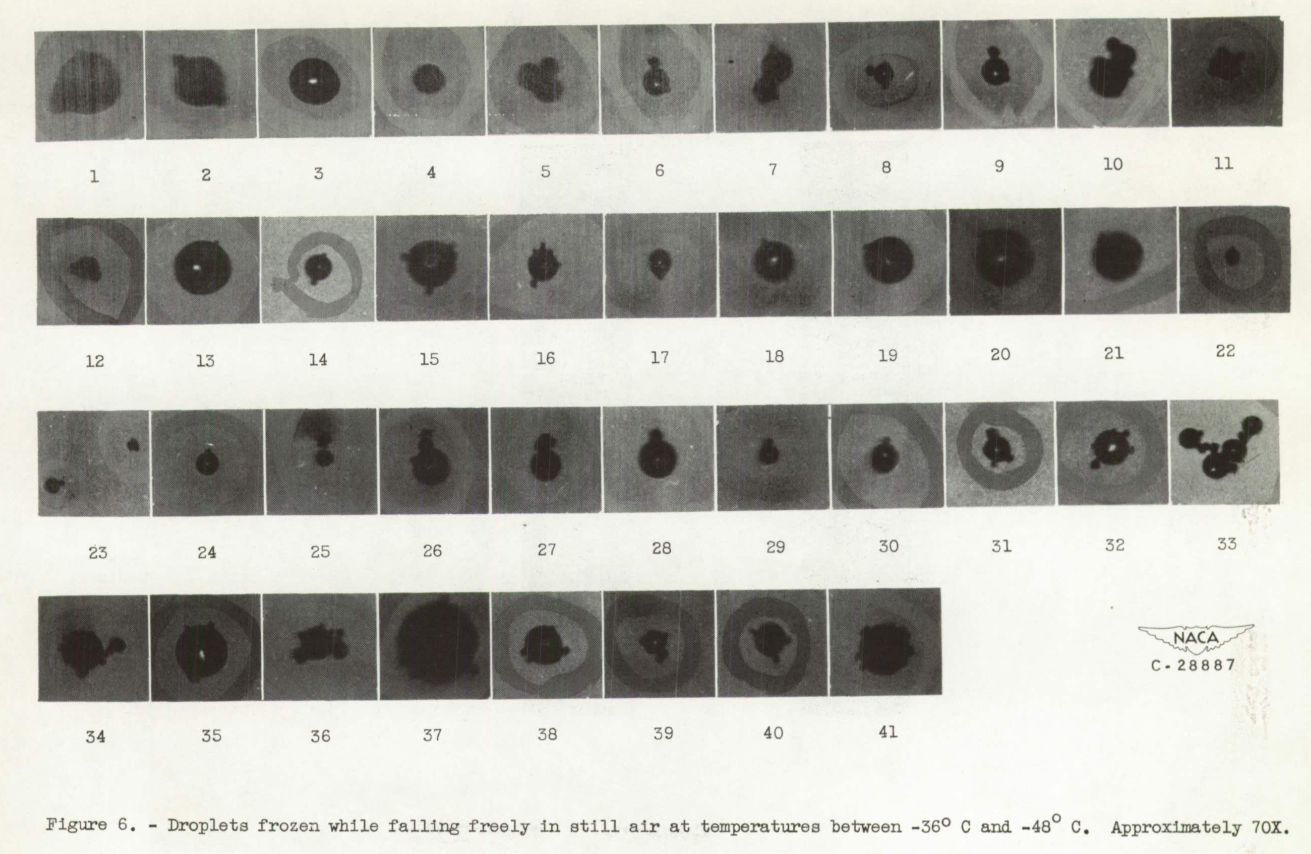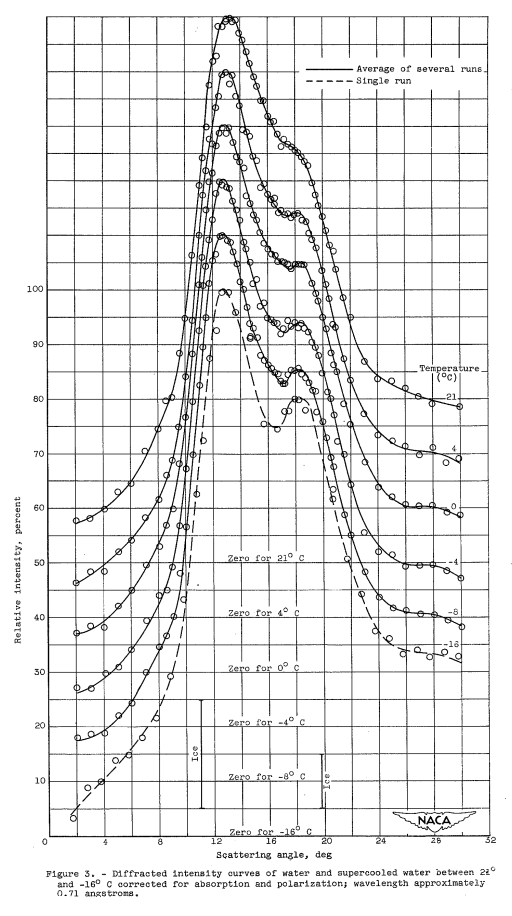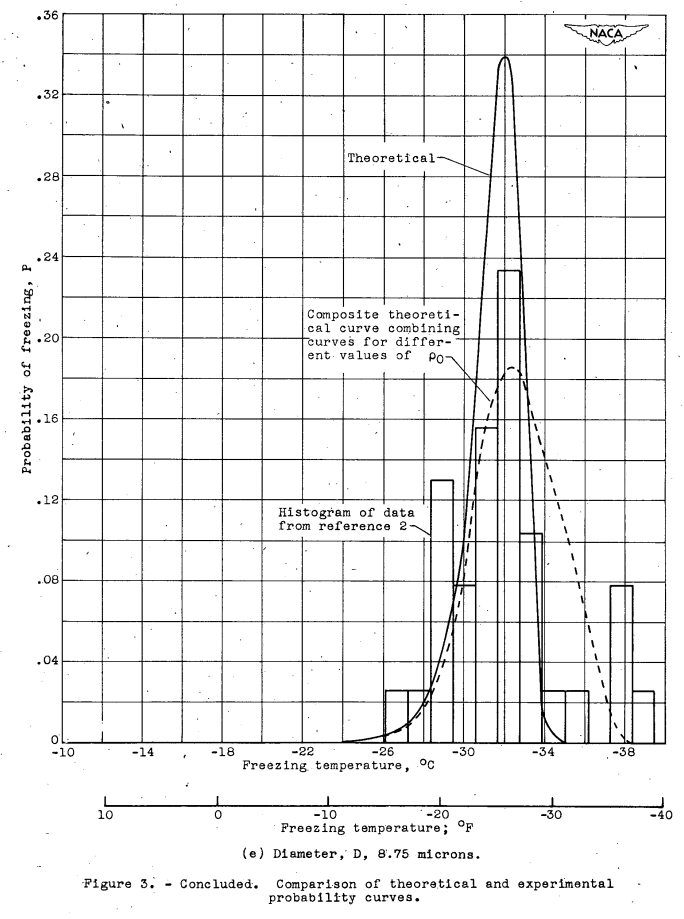"complete knowledge of the physical conditions under which supercooled clouds may exist, and the factors that cause a supercooled cloud to transform to an ice-crystal cloud is necessary"
"A Photographic Study of Freezing of Water Droplets Falling Freely in Air" 1

Abstract
read moreSUMMARY
A photographic technique for investigating water droplets of diameter less than 200 microns falling freely in air at temperatures between 0° C and -50° C has been devised and used to determine:
(1) The shape of frozen droplets
(2) The occurrence of collisions of partly frozen or of frozen and liquid droplets
(3) The statistics on the freezing temperatures of individual free-falling dropletsA considerable number of droplets were found to have a non-spherical shape after freezing because of various protuberances and frost growth, and droplet aggregates formed by collision. The observed frequency of collision of partly frozen droplets showed good order of magnitude agreement with the …


